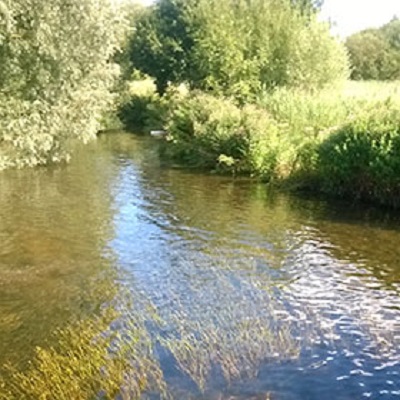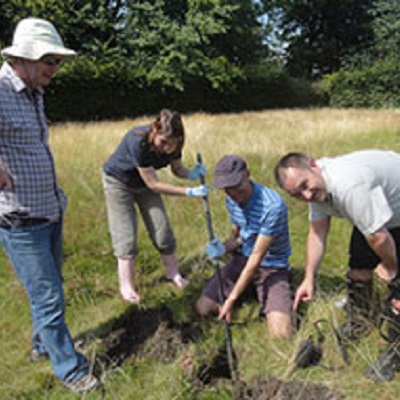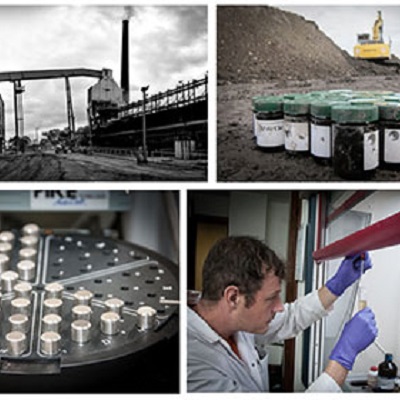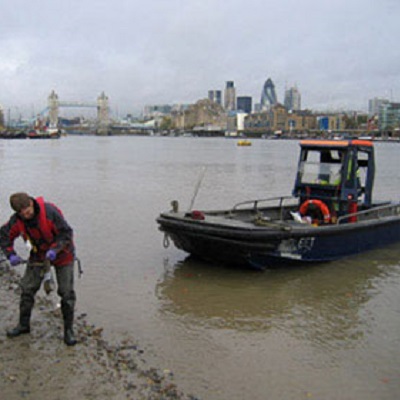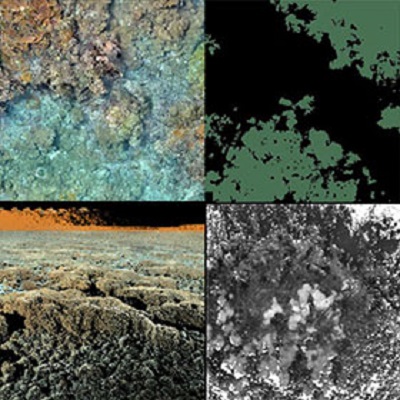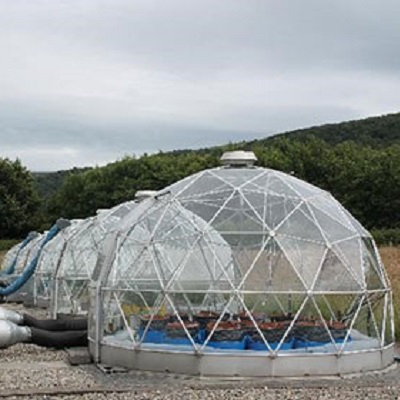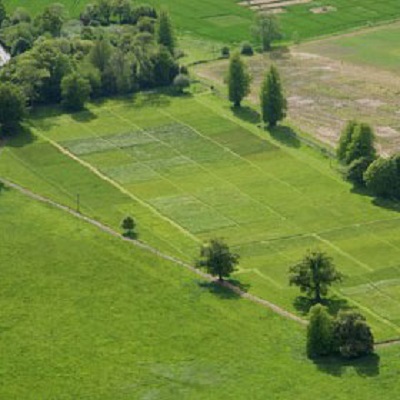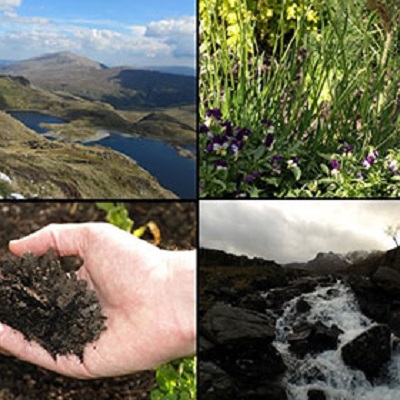This project will address the controversial and highly topical question of how we ensure that rivers do as good a job as possible of transporting water and thus reducing flood risk, whilst at the same time maintaining them as ecologically-healthy, aesthetically-pleasing elements of the landscape. Central to solving this conundrum is the need to understand […]
Read More
Environmental change due to human activities can have devastating impacts on microbial activities that are essential to the earth’s ecosystem functions. Microbial adaptations to stresses have been described in the laboratory, but it is not well understood how these relate to the natural environment. In particular, we have limited knowledge of the impact of physical […]
Read More
This PhD studentship presents a unique opportunity in the fields of organic geochemistry and risk-based land management. The student will optimise in vitro methods to measure the dermal bioavailability of organic soil contaminants and use the data to derive predictive numerical models. These models will help identify which factors affect the release of organic compounds […]
Read More
Biogeochemical processes in rivers, estuaries and coastal seas play key roles in the global carbon C cycle by controlling the flux of material from land to ocean. It has been estimated that as little as 10% terrestrial organic matter is transferred from rivers to sites of burial in the sediments of continental margins. However, the […]
Read More
The very presence of engineering species within a landscape promotes high levels of biodiversity and ecosystem goods/services. However, their loss and degradation is one of the most significant drivers of global biodiversity loss. Most studies overlook the spatial dynamics that drive the persistence of the engineering species themselves. In this project, we will address key […]
Read More
Many insect pests have the ability to migrate vast distances in remarkably short periods of time. This has significant implications with regards to their geographical spread and the transmission of the diseases they carry. There is a complex interaction between insect migration and disease, with evidence that the latter is capable of either promoting or […]
Read More
Ozone pollution has negative effects on many species of semi-natural vegetation, and grasslands have been shown to be particularly sensitive. Nitrogen deposition is also a threat to vegetation and can decrease plant biodiversity. In addition to changes in plant physiology, recent experiments have indicated that ozone alters nitrogen absorption and resorption of nitrogen from leaves […]
Read More
The Antarctic Ice Sheet is losing ice at a rapid rate. As these large volumes of ice melt, they can disrupt key pathways in the Earth System, including changing ocean heat transports and ocean circulation patterns, and disrupt biogeochemical cycles. What is poorly constrained is how these changes in the ocean feed back to the […]
Read More
The past 60 years have seen dramatic changes in the amount of atmospheric pollutants being deposited on semi-natural habitats. Between 1960 and 1990, industrialisation and the intensification of agricultural pollution led to large increases in the deposition of nitrogen (as well as sulphur) leading to acidification and eutrophication. This had a negative impact on plant […]
Read More
Britain, in common with many other parts of the globe, faces the challenge of managing its land for multiple ends in the face of a rising population and likely climate warming. Thus new science is needed to help search for socially, economically and ecologically optimal solutions to the way land is managed. Models are a […]
Read More

